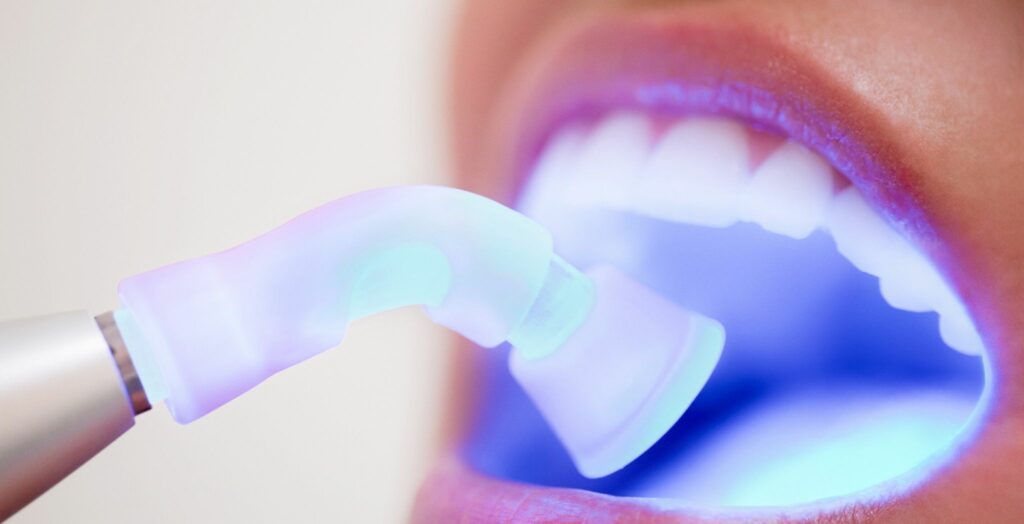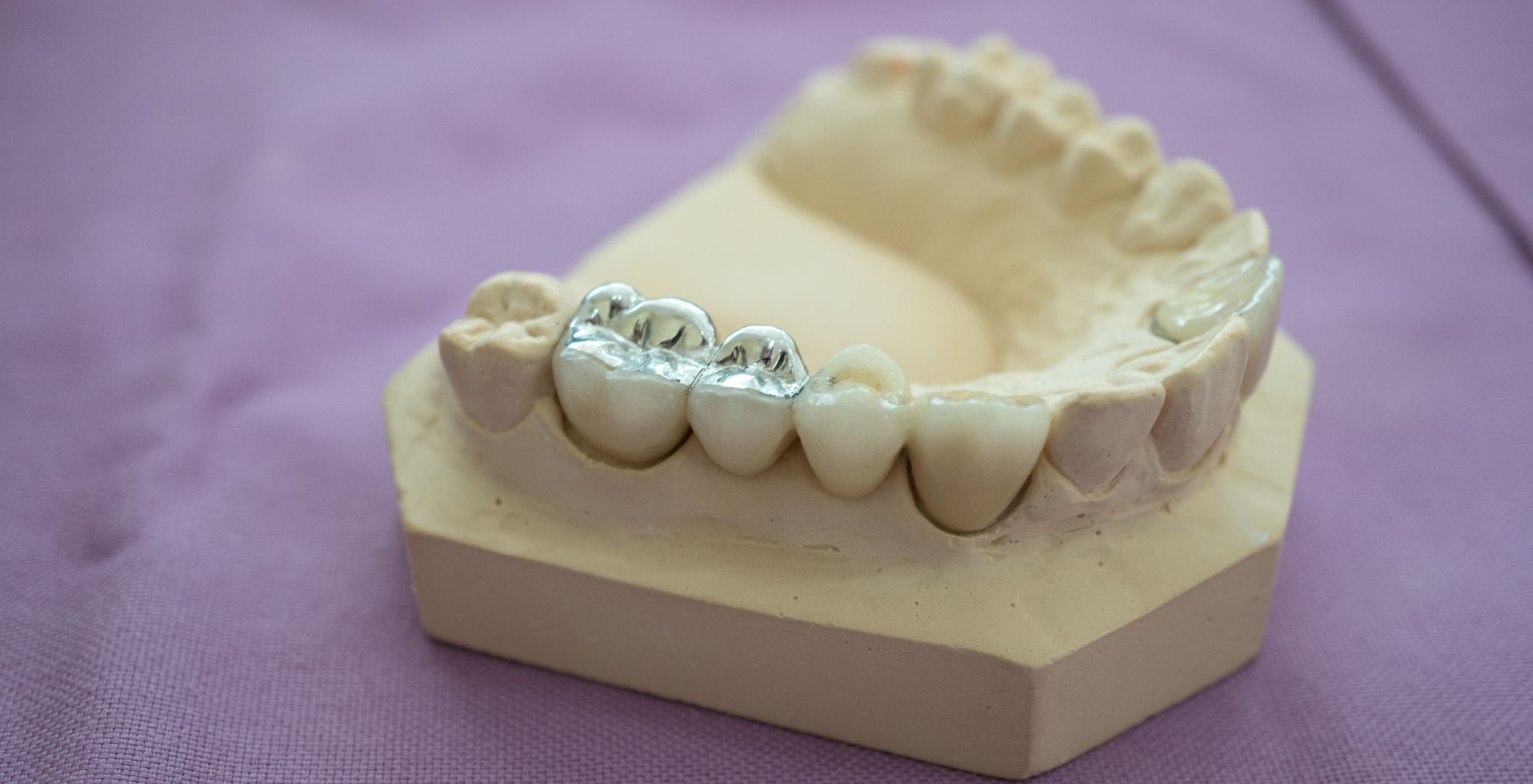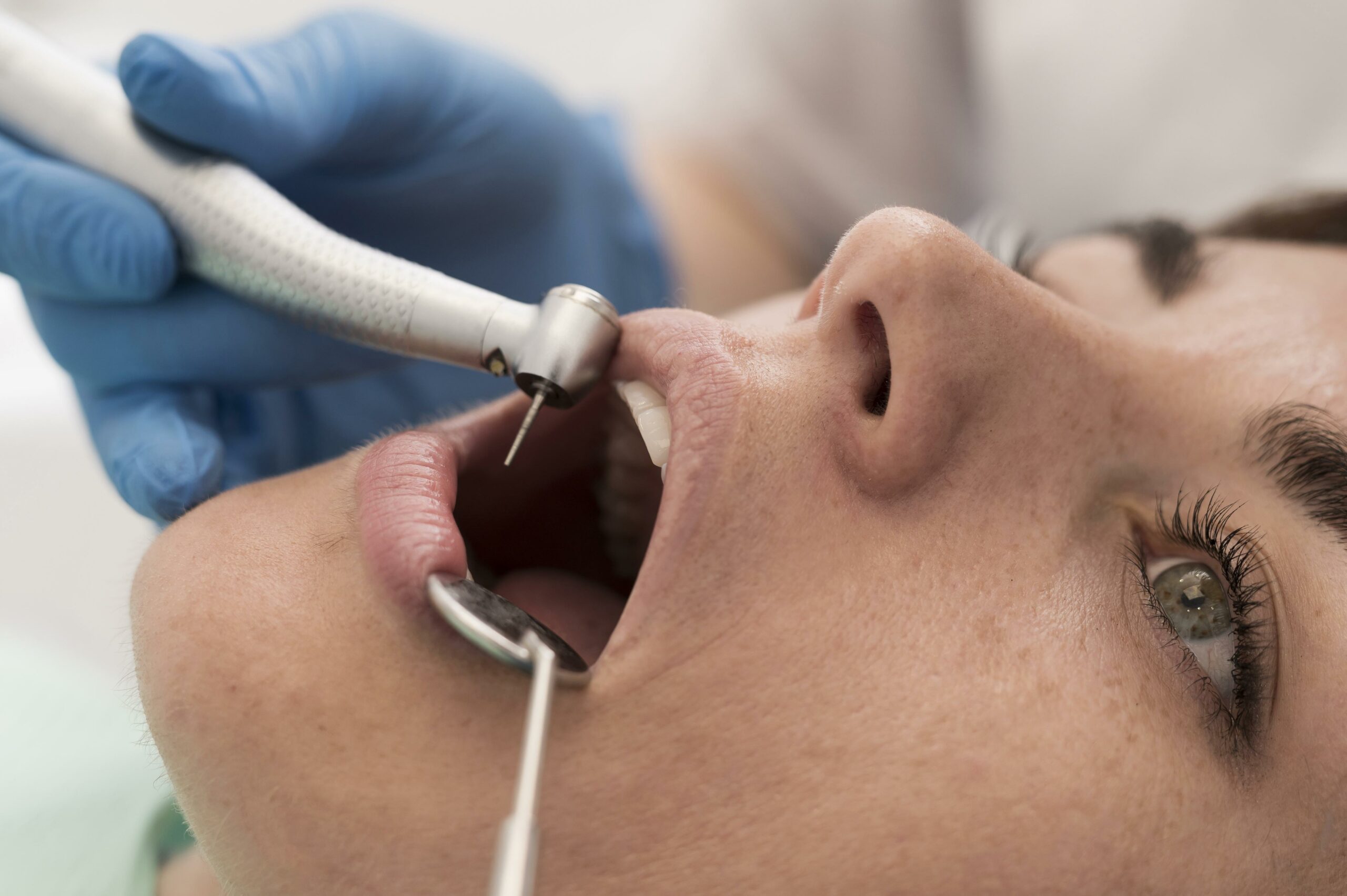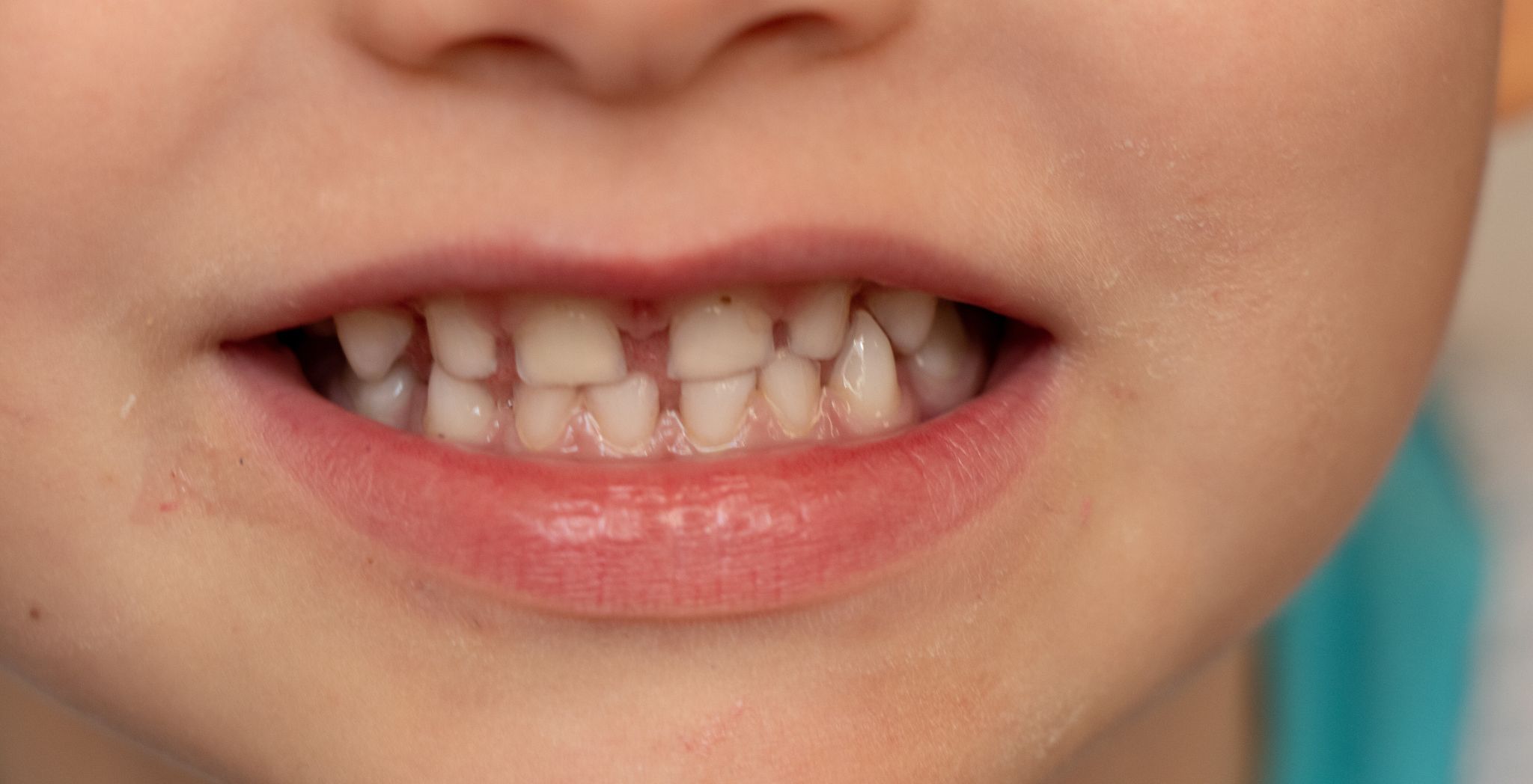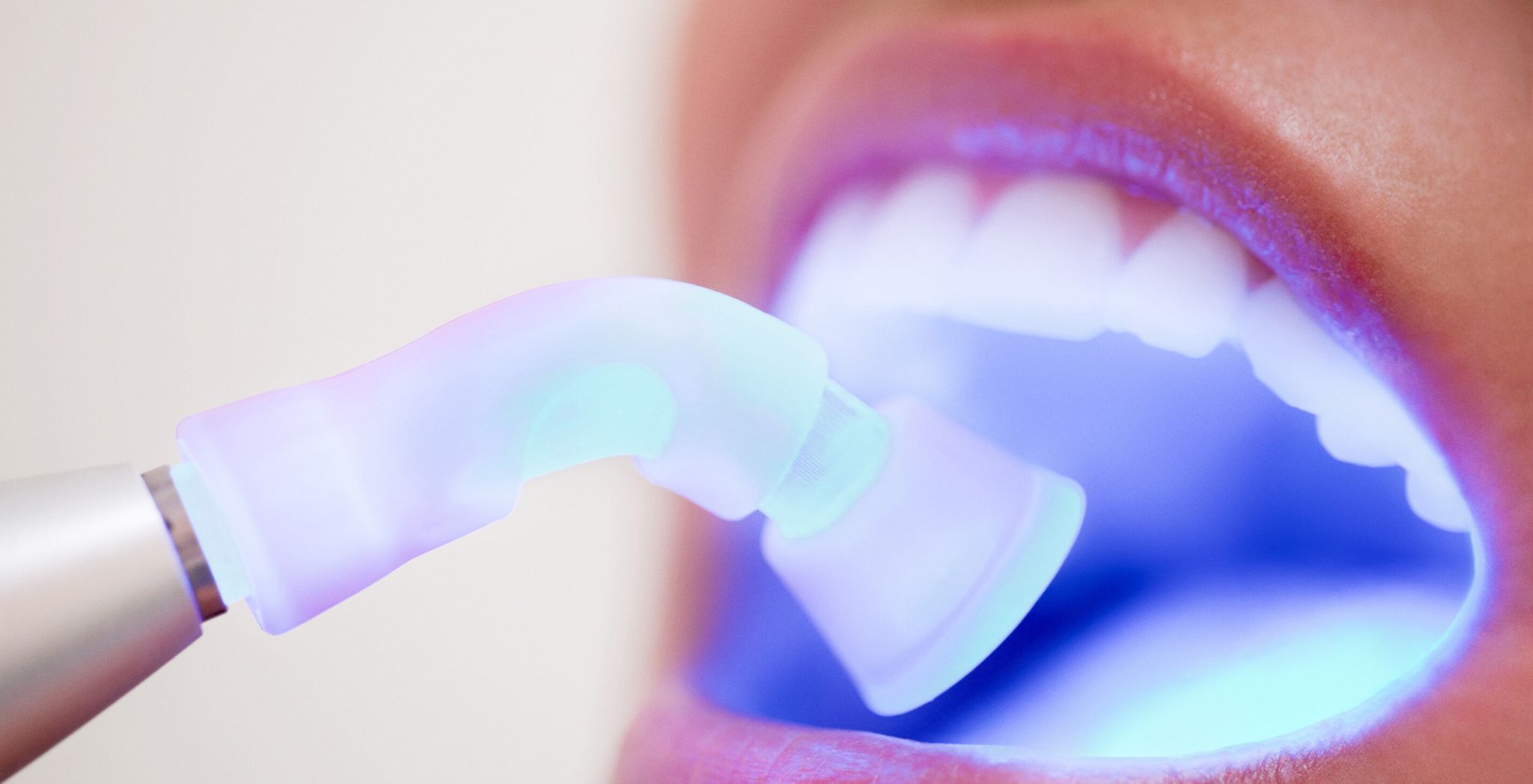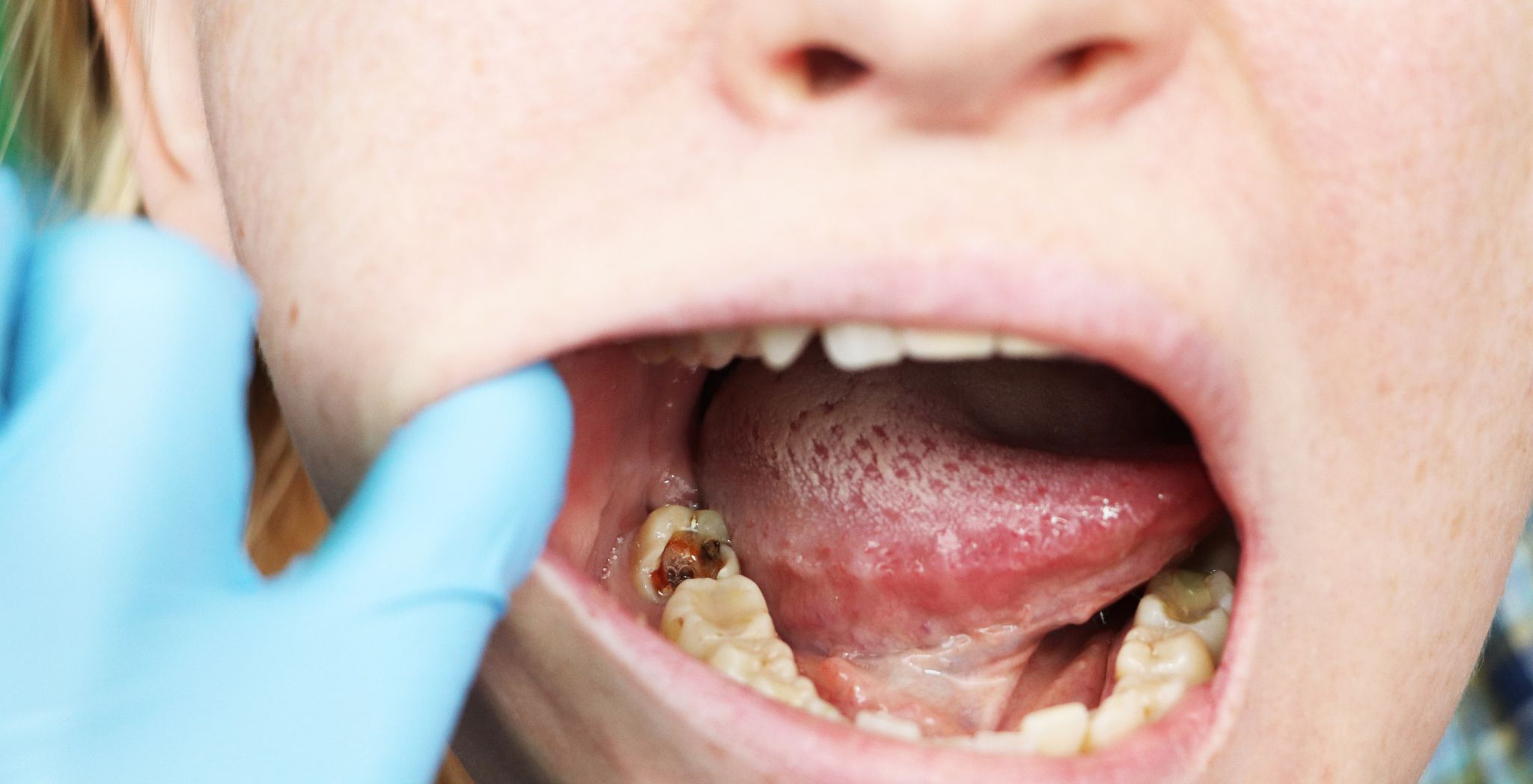Have you ever looked in the mirror and wished your smile were just a little bit brighter or more even? You may have a small chip on a tooth, a tiny gap between your front teeth, or a discoloured tooth. While these things might seem like big problems, there’s a simple, affordable, and quick solution that many people are unaware of: dental bonding.
In this blog post, we’re going to break down everything you need to know about dental bonding. We’ll explain what it is, how it works, its many benefits, and what to expect during and after the process. We’ll also help you understand when it might be a good choice for you and how it compares to other popular options like veneers.
If you’re looking for a way to improve your smile without a lot of fuss, read on!
What is Dental Bonding?
Think of dental bonding like a bit of artistic sculpting for your teeth. At its core, dental bonding is a cosmetic dental procedure where a dentist applies a tooth-coloured resin material to your tooth. This material, which is a durable plastic, is then hardened with a special light. Once it’s hardened, the dentist shapes and polishes it to match the rest of your tooth and your other teeth, making it look completely natural.
The “bonding” part of the name refers to the way the material bonds, or sticks, to your tooth. The material is very pliable when it’s first applied, so the dentist can mould it to fix all sorts of small problems, like chips, cracks, or gaps. It’s a very versatile treatment that can make a big difference in how your smile looks.
The Process of Dental Bonding: How It Works
The best part about dental bonding is how straightforward and painless the process is. It’s often done in a single visit to your dentist, usually without the need for any anaesthetic, unless the bonding is being used to fill a cavity.
Here’s a step-by-step look at what happens:
- Consultation: First, you’ll have a chat with the dentist. You’ll discuss what you’d like to change about your smile, and the dentist will decide if dental bonding is the right treatment for you. This is also where the dentist will select a shade of resin that perfectly matches your natural tooth colour.
- Preparation: The dentist will prepare your tooth. This is a very minimal step. They will lightly roughen the surface of your tooth and apply a conditioning liquid. This helps the bonding material stick securely to your tooth.
- Application: The dentist will then apply the putty-like resin material to your tooth. This is where the sculpting magic happens. The dentist will carefully mould and shape the material to get the desired result. They might fill in a chip, close a gap, or change the shape of a tooth.
- Hardening: Once the resin is in the right shape, the dentist will use a special ultraviolet (UV) light or laser to harden the material. This process is very fast, usually only taking a minute or two. The light causes the resin to become very strong and solid.
- Finishing Touches: The final step is all about making the new part of your tooth look natural. The dentist will trim, shape, and polish the bonded material. This ensures that it looks smooth, blends in perfectly with the rest of your tooth, and doesn’t feel bulky or unnatural. The result is a seamless and beautiful restoration.
The entire process usually takes about 30 to 60 minutes per tooth, making it a very quick and efficient way to improve your smile.
Benefits of Dental Bonding for Cosmetic and Functional Improvement
So, why would you choose dental bonding? It offers a range of fantastic benefits that make it a popular choice for both cosmetic and functional improvements.
Cosmetic Benefits
- Fixes Chipped or Cracked Teeth: This is one of the most common uses for dental bonding. It’s an excellent way to repair small chips or cracks, restoring the tooth’s original look and protecting it from further damage.
- Closes Gaps Between Teeth: If you have small gaps between your teeth, especially your front teeth, dental bonding can be used to fill these spaces, creating a more uniform and attractive smile.
- Changes the Shape of Teeth: For teeth that are a bit too short, misshapen, or have uneven edges, dental bonding can be used to reshape them, giving you a more symmetrical smile.
- Covers Stained or Discoloured Teeth: While teeth whitening is a great option, sometimes deep stains don’t respond to whitening treatments. Dental bonding can cover these stains, giving you a brighter, whiter smile.
- Aesthetic Improvement: Ultimately, dental bonding is a fantastic tool for a quick smile makeover. It can address several minor cosmetic issues at once, leading to a significant improvement in your overall appearance and confidence.
Functional Benefits
- An Alternative to Amalgam Fillings: Dental bonding material can be used to fill cavities. Unlike older silver amalgam fillings, the resin is tooth-coloured, so the filling is virtually invisible.
- Protects Exposed Roots: If your gums have receded, the exposed root of your tooth can be sensitive and prone to decay. Dental bonding can be applied to cover these areas, providing protection and reducing sensitivity.
When is Dental Bonding Used?
Dental bonding is a go-to solution for a wide variety of minor to moderate dental issues. The dentist might suggest it if you have:
- A small chip on a front tooth from an accident.
- A gap between your teeth that you’d like to close.
- A tooth that’s a bit shorter than the others.
- Teeth that are a little discoloured or stained.
- A small cavity that needs filling.
- An exposed tooth root due to gum recession.
It’s important to note that dental bonding is best for smaller, less severe problems. For more extensive damage or very large gaps, the dentist might suggest a different treatment.
Dental Bonding vs. Veneers: Which is the Better Option?
When you’re exploring options for improving your smile, you’ll likely hear about both dental bonding and veneers. While they both achieve a similar goal, they are quite different.
Dental Bonding
- What it is: A tooth-coloured resin material is applied directly to the tooth.
- How it works: It’s a quick, single-visit procedure. The dentist sculpts the material to fix the issue.
- Cost: Generally, dental bonding is much more affordable than veneers.
- Durability: It typically lasts for 5 to 10 years, and it can be susceptible to staining and chipping.
- Reversibility: The process is reversible because very little, if any, of your natural tooth structure is removed.
Veneers
- What they are: Thin, custom-made shells, usually made of porcelain, that are bonded to the front surface of your teeth.
- How they work: The process involves more than one visit. A small amount of enamel is removed from your tooth to make room for the veneer, and then the custom-made shell is cemented in place.
- Cost: Veneers are a more expensive option.
- Durability: They are very durable and stain-resistant, often lasting 10 to 15 years or even longer.
- Reversibility: The process is not reversible because some enamel is removed from your tooth.
So, Which is Right for You?
- Choose dental bonding if you have small cosmetic issues, are on a tighter budget, want a quick solution, and are happy with a slightly shorter-term fix. It’s also a great option for a “trial run” to see if you like the look before committing to something more permanent, like veneers.
- Choose veneers if you have more significant cosmetic issues, want a longer-lasting and more durable solution, are willing to invest more, and are comfortable with a permanent change to your teeth.
The dentist can give you personalised advice based on your specific needs and budget. A good dentist, like dentist Aspendale, for example, can show you examples and help you make the best choice.
How Long Does Dental Bonding Last?
Dental bonding is a great option for its immediate results, but it’s not as long-lasting as porcelain veneers or crowns. On average, dental bonding can last anywhere from 5 to 10 years.
The exact lifespan depends on several factors:
- Your Habits: If you bite your nails, chew on pens, or use your teeth to open things, you’re putting your bonded teeth at risk. These habits can cause the material to chip or break.
- Where the Bonding is Located: Bonding on a front tooth, which is used for biting, might wear down a bit faster than bonding on a tooth that’s less involved in chewing.
- Your Oral Hygiene: Good brushing and flossing habits are crucial for keeping your bonded teeth healthy and clean.
While bonding isn’t permanent, it’s also very easy to repair or replace if needed. You can often get a small chip repaired in a single, quick visit to the dentist.
Aftercare for Dental Bonding
Taking care of your bonded teeth is simple and doesn’t require any special products. Just follow these easy tips:
- Maintain Good Oral Hygiene: Brush your teeth at least twice a day and floss daily. This is key to preventing stains and keeping your teeth and gums healthy.
- Be Mindful of Staining: The bonding material is more porous than your natural tooth enamel. This means it can stain more easily, especially in the first 48 hours after the procedure. Try to avoid coffee, tea, red wine, and tobacco products during this time.
- Avoid Hard Foods and Habits: Don’t chew on hard lollies, ice, or other non-food items. Avoid using your teeth to tear open packages. Be gentle with your new smile!
- Visit The Dentist Regularly: Regular check-ups and professional cleanings are essential. The dentist can check on the bonding and make sure everything is in good shape.
If you ever notice a chip or a problem with your bonded tooth, don’t try to fix it yourself. Get in touch with the dentist straight away.
Is Dental Bonding Safe for Your Teeth?
One of the great things about dental bonding is that it is an extremely safe procedure. It doesn’t cause any harm to your natural teeth. In fact, it can even protect a damaged tooth from further harm.
The process is minimally invasive, meaning the dentist removes very little, if any, of your natural tooth enamel. This is a huge advantage over other procedures like veneers, which require a portion of your enamel to be removed permanently.
The materials used in dental bonding are also very safe and have been used in dentistry for many years with excellent results. For most people, there are no risks or side effects associated with the procedure.
Conclusion: Considerations Before Choosing Dental Bonding
Dental bonding is a fantastic, simple solution for restoring your smile. It’s affordable, quick, and can effectively fix a range of cosmetic and functional issues, from chipped teeth and gaps to discolouration. It’s a great choice for those who want to make a big improvement without a big commitment of time or money.
However, it’s not a one-size-fits-all solution. Before you decide, consider your goals, budget, and desired results duration. A trusted dentist can help you weigh up the pros and cons of dental bonding versus other options like veneers.
If you’re ready to explore a quick, easy, and effective way to get the smile you’ve always wanted, a consultation with a skilled dentist at Aspendale Gardens Dental Care is the first step.
You’ll be amazed at the difference a simple procedure like dental bonding can make.

